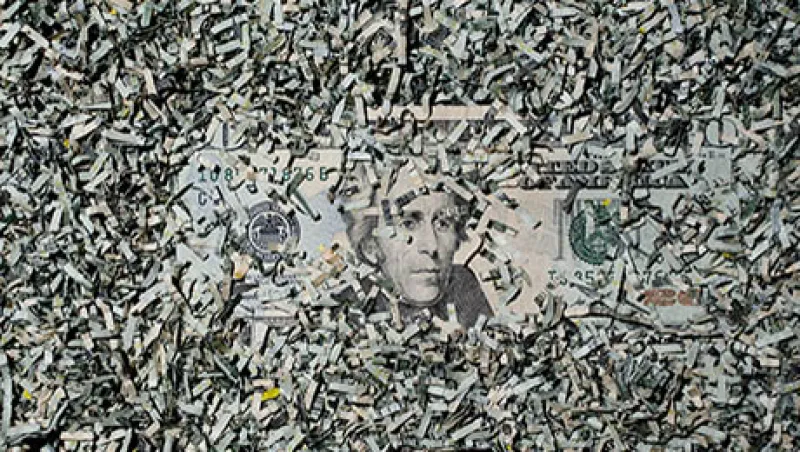
Shredded currency surrounds a U.S. twenty dollar bill in Washington, D.C., U.S., on Wednesday, April 24, 2013. The S&P 500 has surged 134 percent from a 12-year low in 2009 as corporate earnings beat estimates and the Federal Reserve embarked on three rounds of bond purchases to stimulate the economy. Photographer: Andrew Harrer/Bloomberg
Andrew Harrer/Bloomberg

